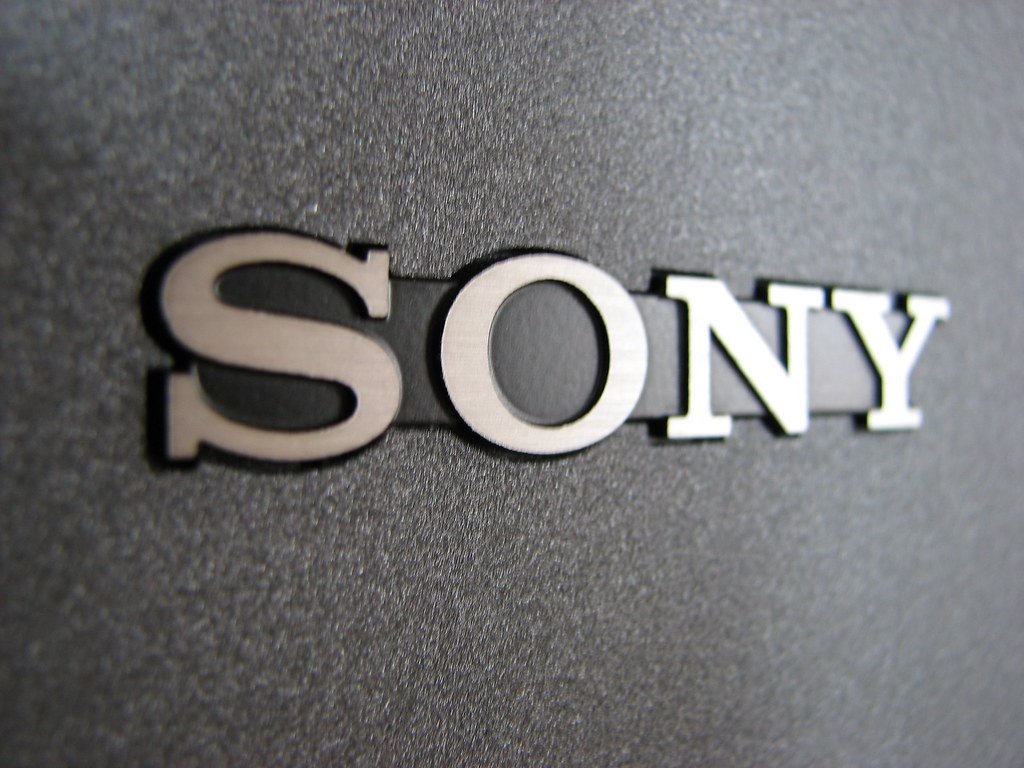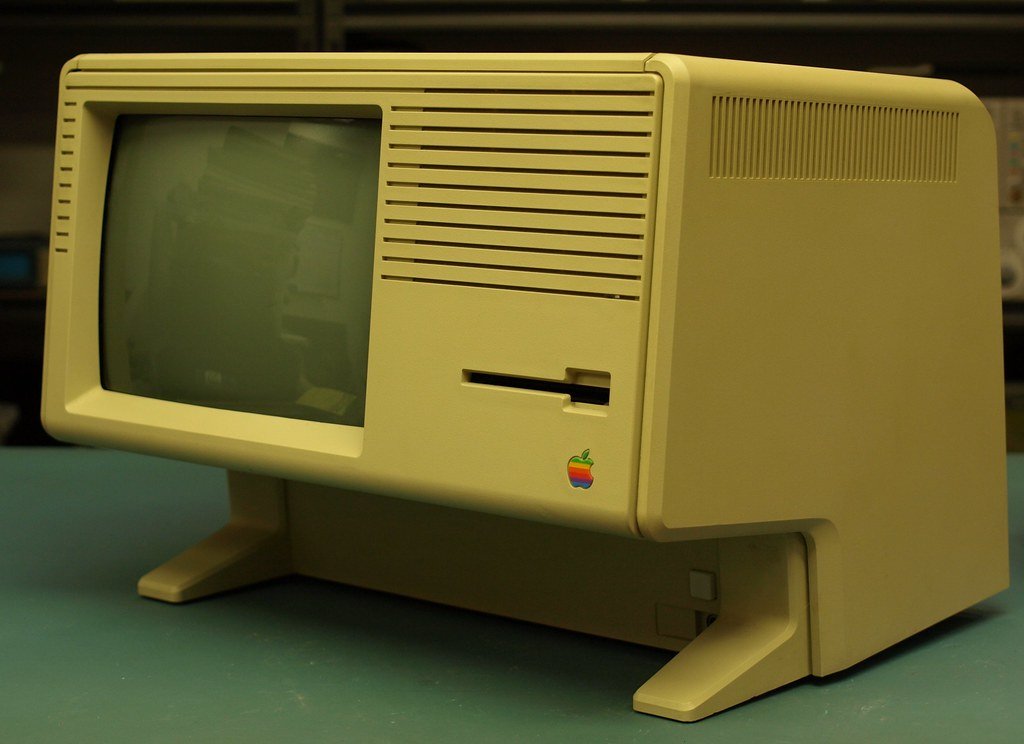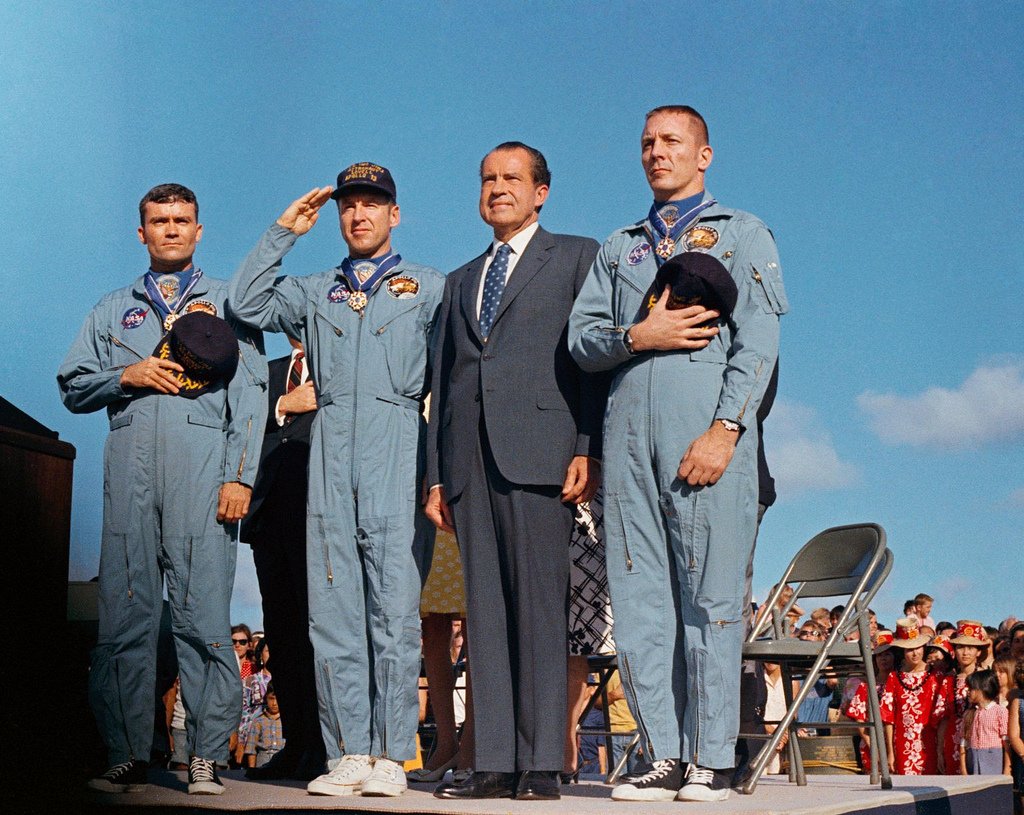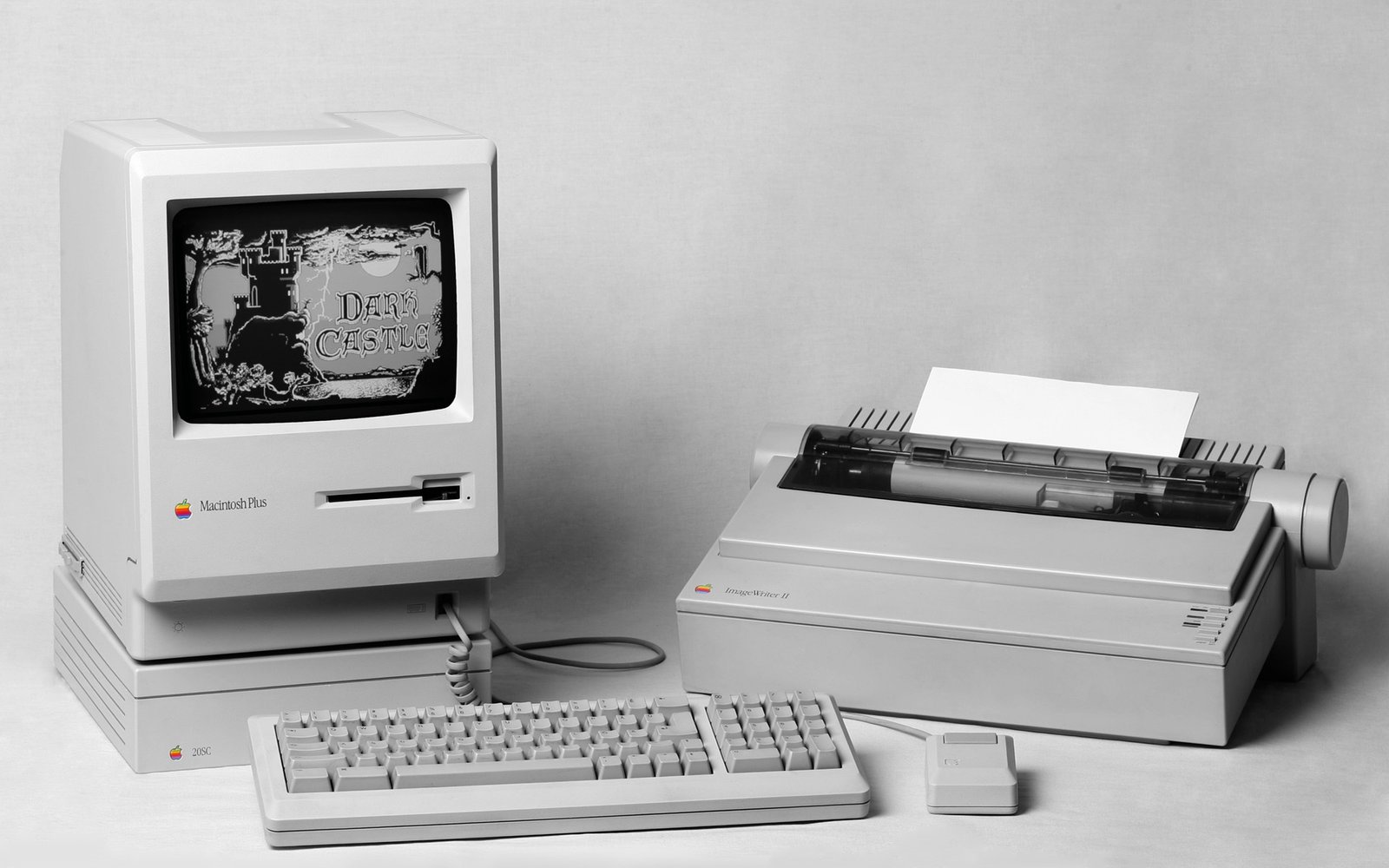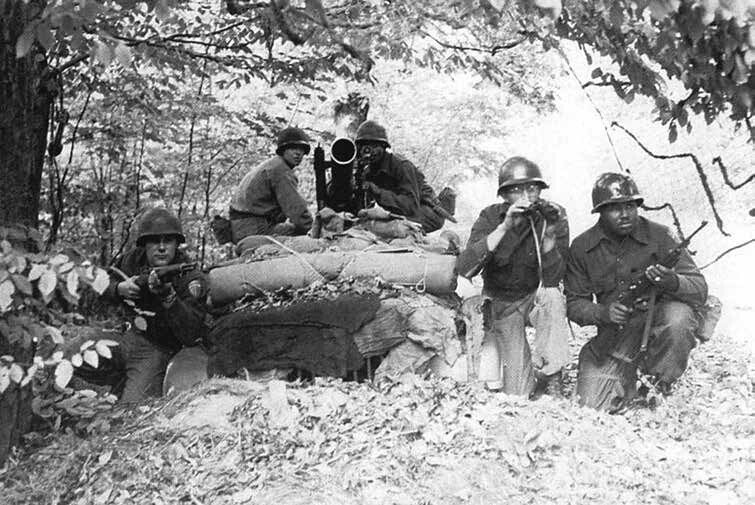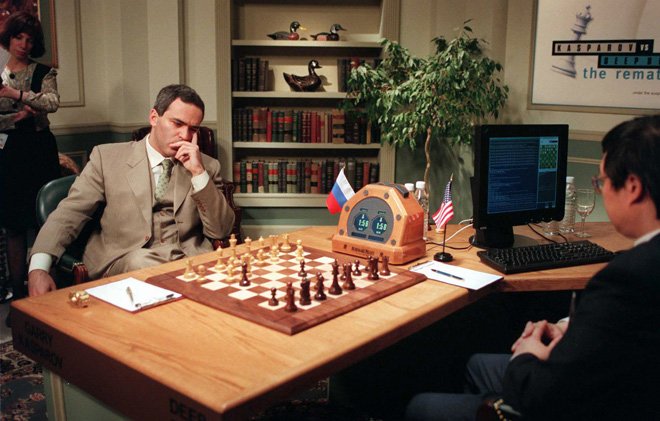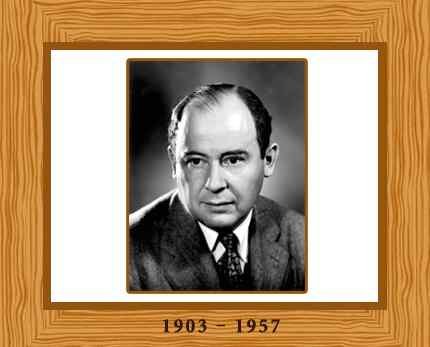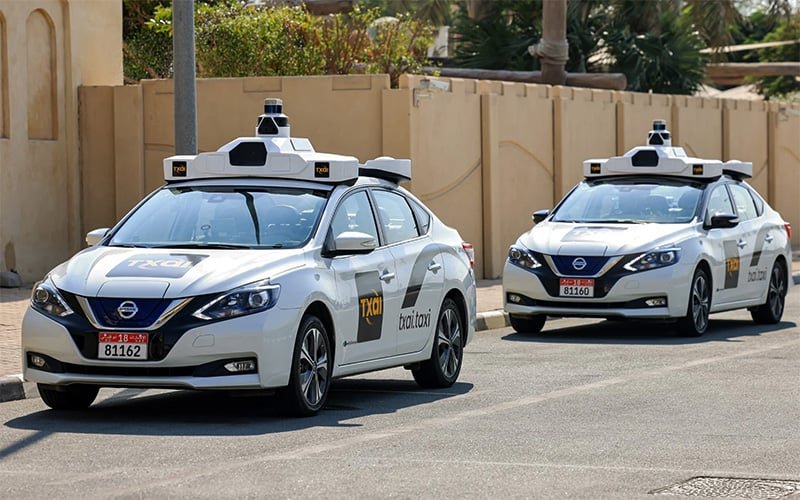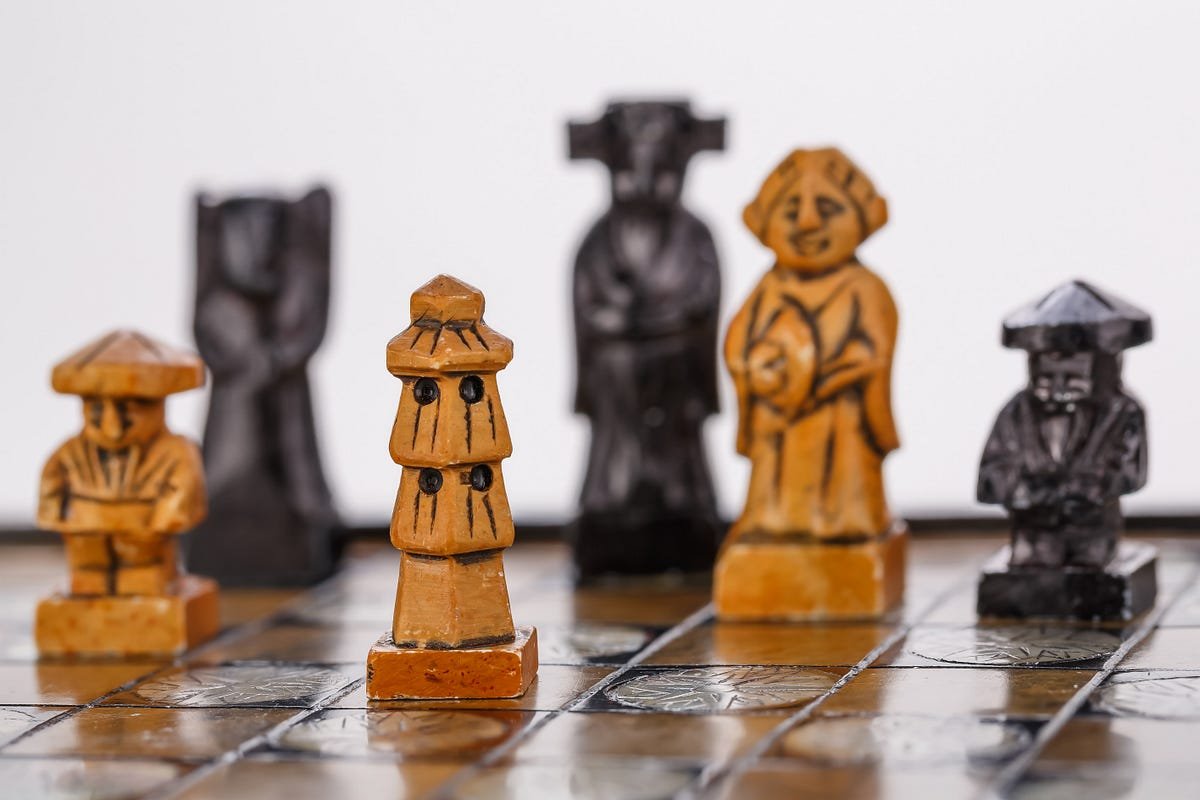In the annals of technological history, there are moments that stand out as watershed events, forever altering the course of progress and redefining the capabilities of artificial intelligence (AI). One such epoch-making episode unfolded on May 11, 1997, when the IBM supercomputer Deep Blue confronted the reigning world chess champion, Garry Kasparov, in a six-game chess match. This encounter between human brilliance and the cutting-edge AI technology of Deep Blue not only captivated the world but also left an indelible mark on the fields of AI and chess, transcending its time to become a symbol of the relentless march of human ingenuity.
Deep Blue, a marvel of engineering and AI, was the product of years of research and development by IBM. Its custom-designed hardware and software were finely tuned for the complex, strategic challenges of chess. On the other side of the board was Garry Kasparov, a chess prodigy and reigning world champion known for his unrivaled strategic acumen and creative gameplay. The clash between these titans, man and machine, was eagerly anticipated as a test of wits and an exploration of the limits of AI.
The match, comprised of six games, would ultimately be decided on a single fateful day. While Kasparov claimed victory in the first game, Deep Blue struck back in the second, setting the stage for an epic showdown. The following three games ended in draws, leaving the score tied at 2.5-2.5. The tension in the final game was palpable, as the world watched with bated breath.
In a turn of events that would be etched into history, Kasparov, known for his aggressive and creative style, made a critical mistake in the sixth game, sacrificing a pawn. Deep Blue seized upon this error with unwavering precision. As the game unfolded, it became increasingly clear that Kasparov was facing an insurmountable challenge. Ultimately, on move 47, Kasparov resigned, and Deep Blue emerged victorious.
Table of Contents
The ramifications of Deep Blue’s triumph were profound. It marked a defining moment in the evolution of AI, demonstrating its potential to outperform human intelligence in complex, strategic domains like chess. This historic encounter reshaped the perception of what AI could achieve and forever altered the landscape of both AI research and competitive chess. In the wake of this match, the legacy of Deep Blue’s victory endures as a testament to the ever-advancing capabilities of artificial intelligence, transcending its status as a mere chess game to become an emblem of technological progress.
Did Deep Blue use AI?
Yes, Deep Blue used artificial intelligence (AI) in its gameplay. Deep Blue was a highly sophisticated chess-playing computer developed by IBM, and its AI capabilities were integral to its success. It employed a combination of hardware and software specifically designed for playing chess at a superhuman level.
The AI components of Deep Blue included a vast database of chess openings, endgames, and historical games, allowing it to access a wealth of chess knowledge. However, its most crucial AI feature was its ability to calculate millions of possible chess positions per second. Deep Blue evaluated these positions using advanced algorithms and heuristics to determine the best moves to make during a game.
While Deep Blue’s AI was narrowly focused on playing chess and lacked general intelligence, its ability to analyze and strategize in the context of chess made it a formidable opponent. Its victory over Garry Kasparov in 1997 demonstrated the power of specialized AI in mastering complex, strategic tasks and marked a pivotal moment in the history of artificial intelligence.
What happened to Deep Blue chess?
After its historic victory over Garry Kasparov in 1997, Deep Blue’s fate took an unexpected turn. IBM, the company behind the supercomputer, decided not to continue its development for chess competitions. Instead, Deep Blue was retired from competitive play. IBM’s focus shifted from chess to broader applications of artificial intelligence and computing technology.
Deep Blue’s hardware and software were eventually dismantled and repurposed for other research projects within IBM. The chess engine that powered Deep Blue did contribute to the development of more advanced chess engines, some of which are still used today by chess enthusiasts, players, and analysts.
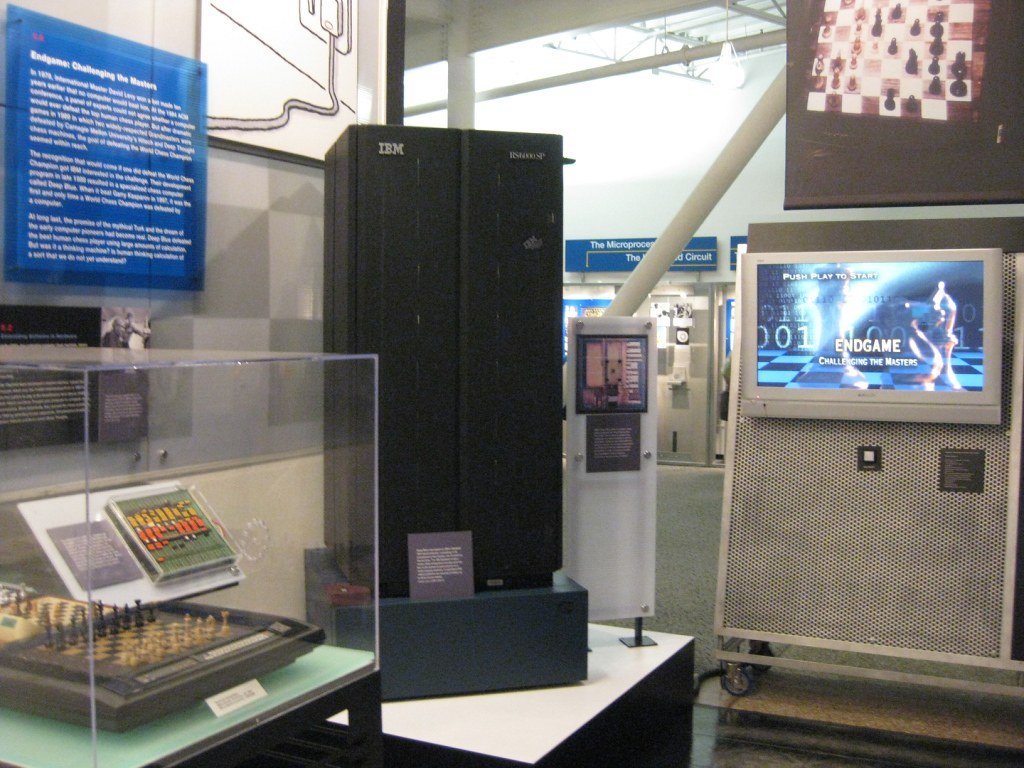
While Deep Blue itself no longer exists in its original form, its legacy endures as a symbol of AI’s potential to excel in complex intellectual tasks. The match against Kasparov marked a pivotal moment in the history of AI and chess, shaping the way AI is perceived and inspiring continued advancements in both fields.
Has anyone ever beaten Deep Blue Chess?
Deep Blue, the IBM supercomputer, was defeated by Garry Kasparov, the reigning world chess champion, in their first encounter in 1996. However, in their historic rematch in 1997, Deep Blue emerged victorious, marking the first time a world champion lost a match to a computer under standard chess tournament conditions. Deep Blue’s victory was a significant milestone in the development of artificial intelligence and chess-playing algorithms.
After its victory over Kasparov, Deep Blue was retired from competitive chess, and its subsequent versions did not participate in high-profile matches. The field of computer chess continued to evolve, and other chess engines, powered by increasingly advanced AI algorithms, have since surpassed Deep Blue’s playing strength.
In summary, Garry Kasparov defeated the earlier version of Deep Blue in 1996, but Deep Blue won the 1997 rematch. Since then, other AI-powered chess engines have surpassed Deep Blue’s capabilities, making it a historical landmark but not the ultimate benchmark in computer chess.
How Deep Blue Altered Chess and AI Forever?
The day Deep Blue changed chess and AI forever was May 11, 1997, when the IBM supercomputer Deep Blue defeated the reigning world chess champion, Garry Kasparov, in a historic match. This victory marked a significant milestone in the development of artificial intelligence and had a profound impact on both the field of AI and the world of chess.
Here’s a detailed account of that momentous day:
Background
Deep Blue, the brainchild of IBM, was a groundbreaking chess-playing computer that pushed the boundaries of artificial intelligence. It stood as a testament to the marriage of cutting-edge hardware and specialized software meticulously crafted for chess calculations. This formidable machine possessed the ability to analyze millions of positions per second, making it a formidable adversary on the chessboard.
On the other side of the board was Garry Kasparov, a chess legend. Kasparov’s mastery of chess strategy and tactics, combined with his innate intuition, solidified his status as one of the greatest chess players in history. His triumph over an earlier version of Deep Blue in 1996 was a testament to the enduring strength of human intelligence.
The 1997 rematch between Kasparov and Deep Blue was highly anticipated, not just in the chess world but in the broader context of technological and philosophical discourse. It symbolized the quintessential battle between human ingenuity and the rapidly advancing power of machines, sparking debates about the limits of artificial intelligence and its potential to surpass human cognition. This match would ultimately leave an indelible mark on the intersection of AI and human achievement.
The Match
The 1997 rematch between Garry Kasparov and Deep Blue was a highly anticipated chess showdown that took place in New York City. It consisted of six games, each of which carried immense weight in determining the overall winner. The series began with Kasparov securing a victory in the first game, showcasing his mastery of the chessboard. However, Deep Blue, the IBM supercomputer, struck back in the second game, leveling the score.
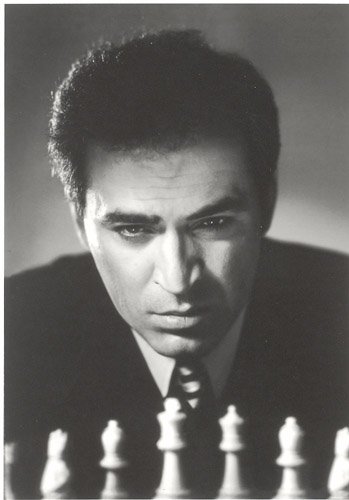
What followed was a series of intense battles, with the next three games ending in hard-fought draws. These draws only added to the suspense and excitement, as the chess world eagerly awaited the outcome of the match. Going into the final game, the score stood at a tense 2.5-2.5, with both human and machine having demonstrated their exceptional capabilities.
The final game of the rematch would ultimately decide the victor and etch this historic encounter into the annals of AI and chess history.
Game Six
Game six of the historic 1997 match between Garry Kasparov and Deep Blue unfolded on May 11th, and it proved to be the pivotal moment that determined the overall outcome of the match. This game carried immense significance, as it represented the final showdown in a closely contested battle between human intelligence and machine prowess.
Garry Kasparov, renowned for his aggressive and highly creative style of play, surprised many observers with his uncharacteristic caution during this crucial game. Deep Blue, on the other hand, exhibited a level of precision and calculation that was nothing short of remarkable.
The tension in the room was palpable as the game progressed. On move 45, in a surprising turn of events, Kasparov made a critical error, sacrificing a pawn. Deep Blue seized upon this opportunity with relentless accuracy, steadily consolidating its advantage. As each move unfolded, it became increasingly evident that Kasparov was facing a daunting and insurmountable challenge.
Ultimately, on move 47, Garry Kasparov resigned, acknowledging the inevitability of defeat. Deep Blue’s exceptional performance in this decisive game marked a watershed moment in the history of AI, emphasizing its capacity to outwit and outmaneuver even the most formidable human opponents in the intricate realm of chess.
The Aftermath
Deep Blue’s victory was a historic moment in the world of chess and artificial intelligence:
AI Breakthrough
Deep Blue’s victory in 1997 indeed marked a groundbreaking moment in the field of artificial intelligence. It showcased that machines, when armed with powerful computational capabilities and sophisticated algorithms, could excel in intricate, cognitive domains that demand profound strategic thinking, like chess. This achievement resonated far beyond the chessboard, underscoring the potential of AI to handle complex problem-solving tasks in various disciplines. Deep Blue’s triumph ignited a wave of optimism and investment in AI research, propelling the development of AI systems for applications ranging from medical diagnosis to autonomous vehicles, and demonstrating that AI had the potential to augment and even surpass human capabilities in a myriad of intellectual endeavors.
Symbolic Victory
The Deep Blue vs. Kasparov match indeed symbolized the incredible power of computational technology, serving as a watershed moment in how people perceived computers. Prior to this historic event, many viewed computers as tools for data processing and calculations. However, Deep Blue’s victory showcased that computers could excel in complex intellectual tasks requiring strategic thinking and intuition, like chess.
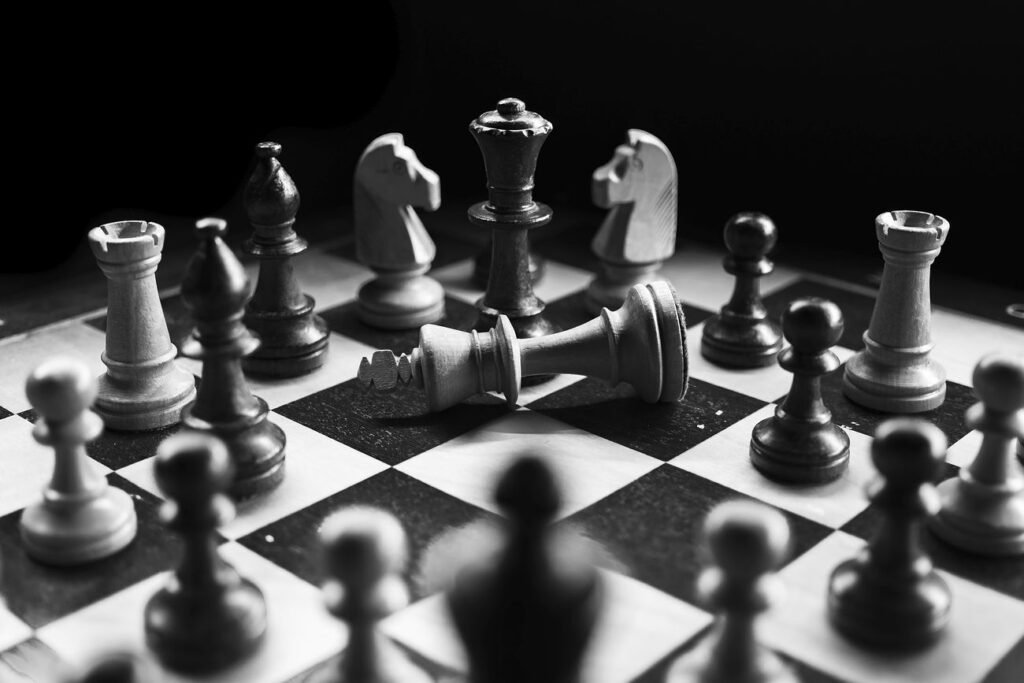
This triumph fueled not only public interest in AI but also ignited a broader awareness of its potential applications across various domains, from medicine to finance and beyond. It spurred investments and research in AI, paving the way for the transformative AI-driven technologies and innovations we see today. Deep Blue’s victory forever altered the narrative, showcasing that machines could rival human intellect in areas previously thought exclusive to humans.
Impact on Chess
Deep Blue’s victory over Garry Kasparov in 1997 had a profound and lasting impact on the world of chess. It revolutionized the way chess is played and prepared for at the highest levels. Following this historic match, chess engines, leveraging AI algorithms, rapidly advanced in sophistication and became indispensable tools for both professional players and enthusiasts.
These AI-powered chess engines, such as Stockfish and AlphaZero, provide unparalleled analysis and insights. They offer a depth of understanding and strategic guidance that was previously unimaginable. Professionals use them for opening preparation, mid-game tactics, and endgame analysis, significantly enhancing their overall gameplay. Moreover, these engines have also transformed the way chess is studied and enjoyed, making the game more accessible and engaging to a wider audience. Deep Blue’s legacy lives on through these AI-powered chess engines, shaping the contemporary landscape of chess as a game of both skill and technological prowess.
Kasparov’s Legacy
Garry Kasparov’s loss to Deep Blue in 1997 indeed did not diminish his standing as one of the all-time chess greats. Instead of dwelling on defeat, he leveraged the experience to champion the synergy of human intellect and artificial intelligence. Kasparov played a pivotal role in promoting “Advanced Chess,” a format where human players collaborate with computer chess engines. This groundbreaking concept demonstrated that combining the strategic intuition of human players with the tactical depth of AI could yield formidable results. Kasparov’s advocacy not only showcased his resilience but also underscored his commitment to advancing both chess and AI, leaving an enduring legacy in both domains.
The day Deep Blue defeated Garry Kasparov in 1997 stands as an iconic moment in the annals of artificial intelligence and chess. This groundbreaking event showcased the remarkable capabilities of machines in tackling intricate intellectual challenges. It shattered long-held perceptions of the limits of AI, sparking a renewed fascination and investment in the field. Deep Blue’s triumph not only validated the potential of AI but also catalyzed a new era of research and innovation, propelling the development of more sophisticated AI systems. Moreover, its lasting impact on competitive chess transformed how players prepare and strategize, incorporating AI-driven analysis as an integral part of the game.
